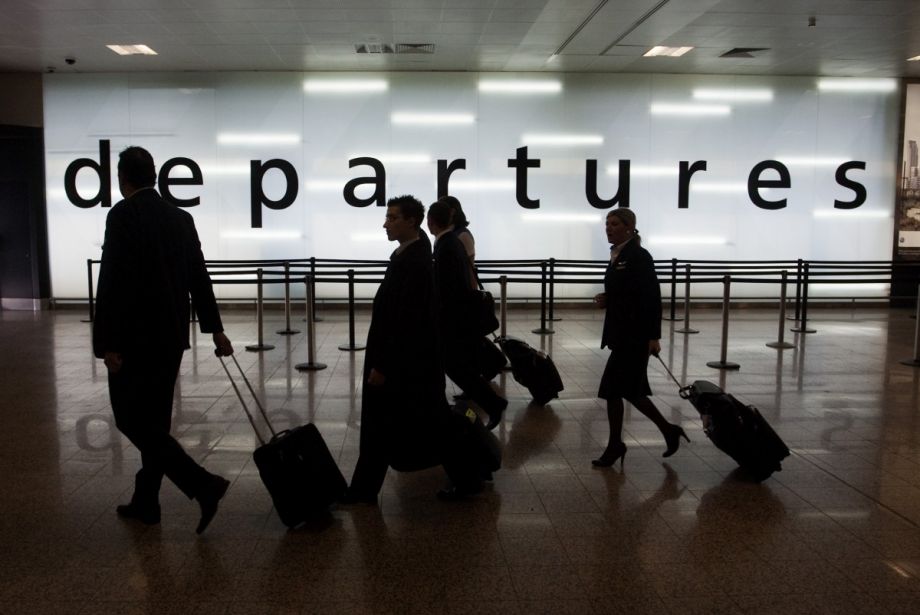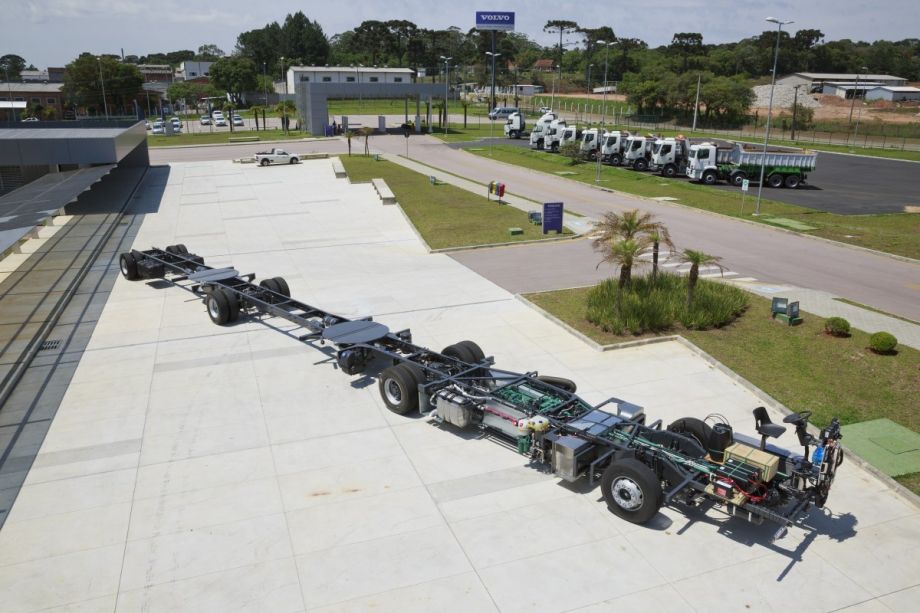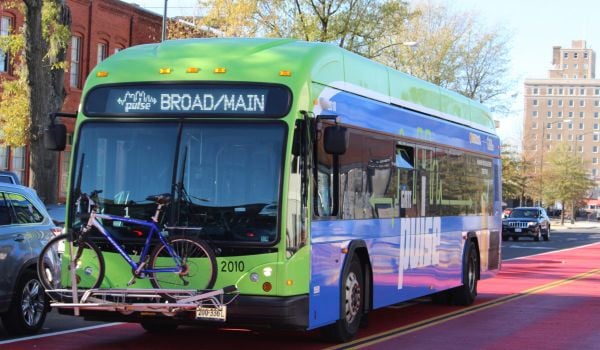Our weekly “New Starts” roundup of new and newsworthy transportation projects worldwide.
Glasgow to Build Tram-Train Line to Airport
Glasgow, the Scottish city best known among rail transit fans for its closed-loop circular subway line, will add a new surface rail line to its transportation mix.
Rail Technology Magazine reports that the Glasgow and Renfrewshire councils are set to undertake construction of a 144 million British pound ($179.7 million U.S.) tram-train line linking Glasgow’s city center with its airport. A “tram-train” is a light-rail vehicle designed to operate on both dedicated streetcar/light-rail and mainline railroad tracks.
Renfrewshire Council Leader Mark Macmillan unveiled the plans for the line at a Nov. 24 meeting.
The project is a central element in a 1.13 billion pound ($1.41 billion U.S.) infrastructure package funded by the U.K. and Scottish governments that also includes new bridges and highway improvements. One of the highways being improved, the M8 motorway, runs from Glasgow to its airport, and the tram-train line is expected to provide congestion relief on the road, which currently carries four-fifths of all airport traffic.
The councils chose the tram-train over a slightly less expensive light-rail line because they believe it has greater potential for encouraging public transit ridership to the airport.
Both councils and the Glasgow City Region Cabinet must approve the plans before work can start; approval is expected in December. Funding for the project is already in place thanks to the infrastructure package deal. Actual construction is slated to start in 2022, with the line going into service three years later with trains running at 15-minute intervals, completing the trip from the city center to the airport in 16.5 minutes.
Montreal’s Light Metro Will Connect to the Heavy One
The Quebec economic development bank that’s bankrolling Montreal’s planned new light metro system announced additions to the route that will make it a more integral part of the city’s mass transit infrastructure.
CTV News Montreal reports that the Caisse de dépôt et placement du Quebec’s infrastructure unit (CDPQ Infra) announced on Nov. 25 the addition of three new stations in downtown Montreal to the 67-km (41.6-mile) light-rail rapid transit network. Two of the stations, at McGill and Edouard Montpetit, will connect to existing Montreal Metro stations, while a third will serve the Peel Basin.
The three stations had appeared on the original light metro system plan (Peel Basin replaces another nearby station), but their cost had not been factored into the original C$5.5 billion ($4.09 billion U.S.) price tag for the entire project. The stations will cost an additional C$400 million ($297.4 million U.S.), with CDPQ Infra and the city of Montreal each contributing C$100 million ($74.4 million U.S.). The other half will be tacked on to the portion being requested from the provincial and Canadian federal governments, which will now total C$2.7 billion ($2.01 billion U.S.).
The Metro connections will reduce travel times from downtown to the airport compared to the originally projected travel times from Central Station. Each of the stations includes an engineering challenge: Edouard Montpetit will be 70 meters (229.7 feet) beneath the surface, which will require high-speed elevators to connect it to the Metro station; McGill’s entrances and exits will have to be shoehorned into tight spaces in downtown Montreal, and Peel Basin will be underwater.
Construction of the system is set to begin this coming spring, and service is projected to begin by the end of 2020.
Volvo Could Change the Light Rail vs. BRT Debate
One of the major selling points that light rail fans use to argue against bus rapid transit is carrying capacity: Light-rail vehicles can hold more people than any bus now in service.
Volvo’s unveiling of the four-axle, 30-meter-long (98.4 feet) chassis for its Gran Artic 300 bus was significant enough to merit mention in Global Rail News. That’s because the double-articulated bus that will sit atop this chassis can carry 300 passengers. As the GRN article notes, “that’s 92 more than a Croydon tram, and 50 more than an Edinburgh tram.”
The new bus is being developed and built in Brazil for BRT systems in Latin America, which boasts not only one of the oldest and largest BRT networks in the world in Curitiba but also well-developed systems in cities including Mexico City, Santiago de Chile, San Salvador and Guatemala City. Two smaller models in the same series have capacities of 210 and 150 passengers.
The high-capacity bus could tip the cost equation for cities considering bus vs. rail investment in favor of bus rapid transit. Whether they could function well on “BRT lite” systems where lanes are occasionally shared with mixed traffic is another question, but on high-quality systems like the Latin American ones listed above or CTfastrak in Connecticut, they have the potential to provide true rapid-transit-style trunk line service at less cost than rail.
Know of a project that should be featured in this column? Send a Tweet with links to @MarketStEl using the hashtag #newstarts.

Next City contributor Sandy Smith is the home and real estate editor at Philadelphia magazine. Over the years, his work has appeared in Hidden City Philadelphia, the Philadelphia Inquirer and other local and regional publications. His interest in cities stretches back to his youth in Kansas City, and his career in journalism and media relations extends back that far as well.
Follow Sandy .(JavaScript must be enabled to view this email address)











